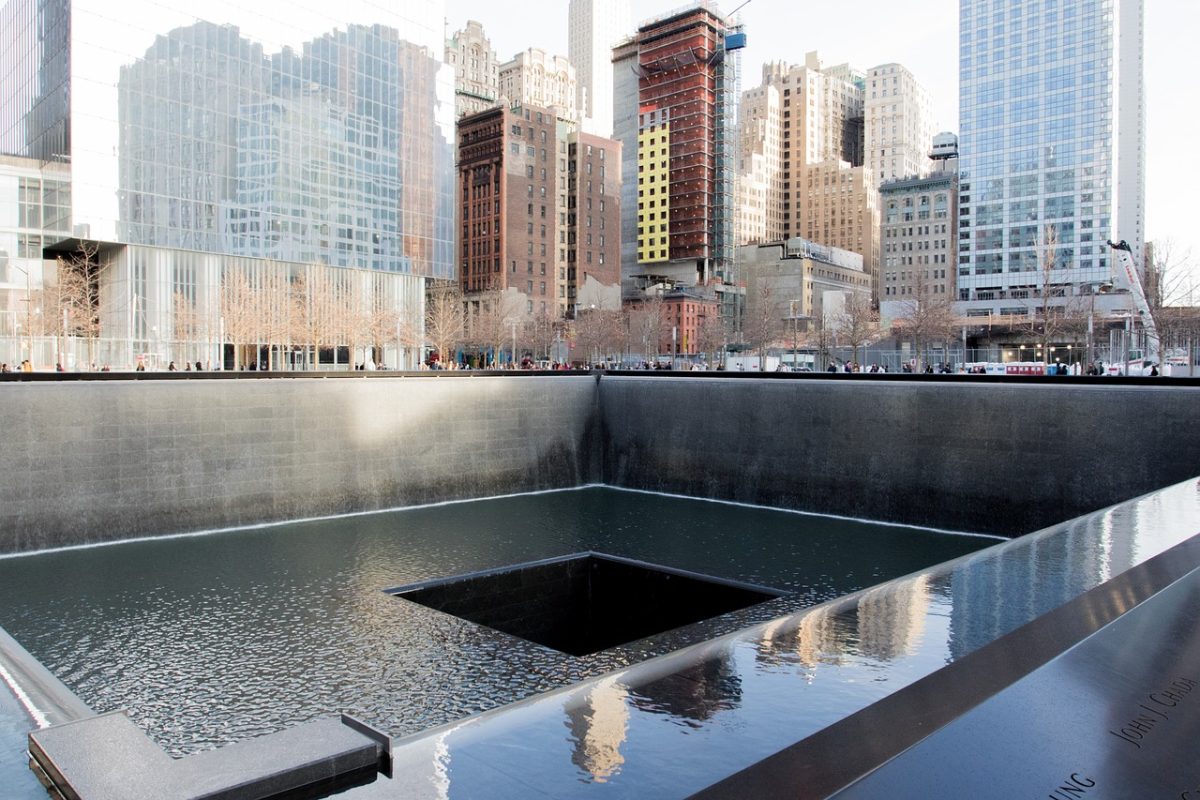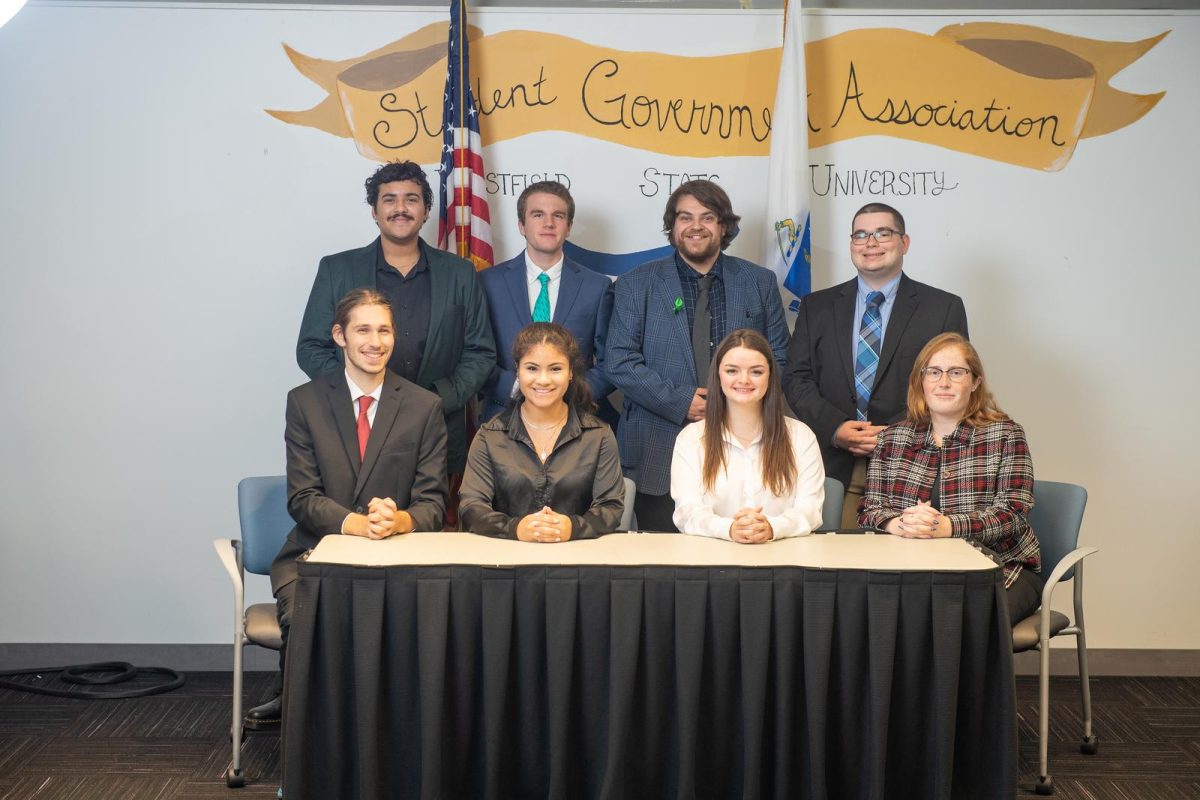
The Asian-American students of Westfield State University recently attended one of the events provided within the APISU (Asian and Pacific Islander Student Union) club, where they get to know more about a certain Japanese trend from the 1970s called gyaru.
From practicing how to do the makeup to getting to practice writing letters in Japanese, gyaru isn’t more than just a fashion statement. It’s a way of rebelling against the dominant culture’s ideology on the ideal physical appearance of women.
Enlightening the Asian-Americans of Westfield State University, Lisa Nwafor has hosted an event for educating others about her love of gyaru fashion. The event was hosted on November 27th, taking place in the Owl’s Nest at 4:00pm that night.
“I fell in love with the appearances of gyaru. After I got to know more, I love how they have such strong minds and admire them for pursuing what they like and love,” Nwafor said.
The event was catered and advertised for the Asian and Pacific Islander Student Union, with the host also being a part of the very same club. A total of 20 people plus the host attended the event before it ended, with a major part of the members attending past 4:30pm.
Nwafor had a presentation prepared to educate the attending members more on the background of gyaru and why it can be seen as so appealing back when it was trending. The event had offered up two kinds of activities once the presentation had concluded that tie into the gyaru fad, which contained vital information to know in order to understand what gyaru is.
These activities included practicing drawing the gyaru makeup on sheets of paper of people’s faces, using a variety of coloring utensils and the other activity where you can practice writing letters in Japanese that were part of gyaru as well.
Nwafor had reasons for wanting to host this event around gyaru, as it’s heavily tied to her own connections with the same culture that gyaru originated from. As a half-Japanese woman who had lived in Japan for a majority of her life, it’s also where her passion and love of gyaru came from. That became her goal that she hoped to achieve once the event had been ended.
People who attended the event have expressed that while they knew that gyaru had existed, they had been a lot more informed on the subject matter. Sophia Pham had expressed that they knew about it briefly, but they didn’t know the range and diversity of gyaru that it can go to. Others have admitted that they would have liked to know even more about it, loving the concept of gyaru once the event had finished.
Gyaru is a Japanese culture that mostly teenagers and young adults participate in. Gyaru can come in many forms, with the two most popular forms of gyaru introduced in the event being “Shiro” and “Kuro” gyaru.
Kuro gyaru is the most popular form that was the most influenced by a Japanese singer named Namie Amuro, where tanned skin and light-colored hair were the most essential when it comes to this particular form of gyaru fashion. Shiro gyaru is the opposite of Kuro gyaru, popularized by Ayumi Hamzaki, that changed the basis of what it means to be gyaru. Nwafor has presented these forms as the most popular types of gyaru.
Other forms of gyaru have existed as well such as yamamba/monster gyaru, hime/princess gyaru, and male gyaru called Gyaruo adds into the idea that anybody regardless who they are as a person can be gyaru. Nwafor not only shares the variety and diversity of the gyaru form, but also shared the most important aspect that she wanted to share: having those core beliefs when participating in this culture.
“As long as you can be honest to yourself, be able to have your own beliefs, and have a strong mind – anyone can be gyaru,” Nwafor said.





























